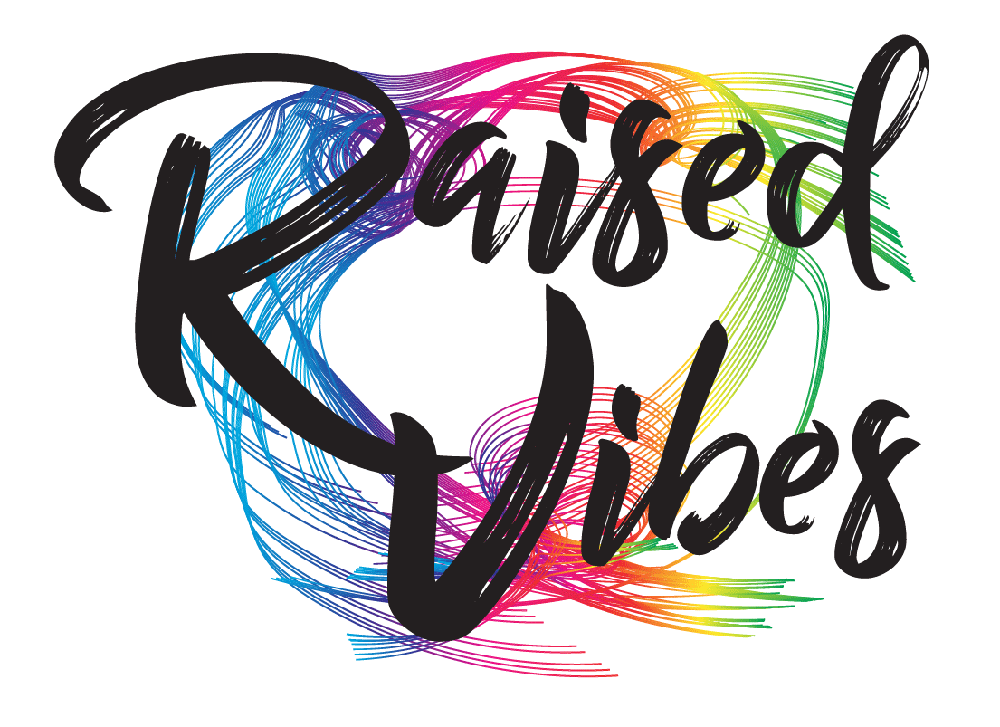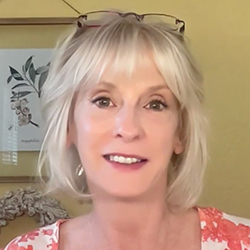Discover How to Heal Inner Child Wounds and Restore Chakra Balance

It's essential to recognize that our inner child represents the part of us that still carries the emotional wounds and unresolved issues from our childhood. Healing these inner child wounds is crucial for our emotional well-being and overall mental health. By acknowledging and addressing these wounds, we can experience greater self-compassion, self-esteem, and emotional resilience.
Unhealed inner child wounds can lead to various forms of self-sabotage, such as food addictions and people-pleasing behaviors. For instance, using food as a coping mechanism to soothe emotional pain can indicate unresolved inner child wounds. Similarly, constantly seeking validation and approval from others to feel worthy or lovable can result from unhealed inner child issues stemming from a deep-seated sense of inadequacy. Addressing these patterns is essential to breaking free from self-sabotage and cultivating healthier habits and relationships.
Identifying the most common inner childhood wounds is the first step toward healing. Here are the top 5 most common inner childhood wounds and some details on each:
1. Abandonment: In adult life, the fear of abandonment could lead to difficulty fully trusting and establishing deep connections with others. It may manifest as a fear of getting too close to people, a reluctance to open up emotionally, or even self-sabotaging behaviors in relationships.
2. Rejection: Adults who have experienced rejection in childhood might struggle with low self-esteem and a persistent feeling of not being good enough. This can result in seeking constant validation from others, being overly sensitive to perceived slights, or avoiding situations where they might face rejection.
3. Neglect: Adults who experience emotional or physical neglect as children may find it hard to prioritize their well-being and set boundaries in relationships. They might neglect their needs, struggle to assert themselves or attract relationships where their needs are consistently disregarded.
4. Betrayal: Adults who have been betrayed in childhood may have difficulties trusting others, impacting their ability to form close and meaningful relationships. This may lead to a tendency to keep others at a distance, fear of vulnerability, or difficulty fully opening up.
5. Shame: Adults who experience shame in childhood may carry a deep-seated fear of judgment and ridicule. This could result in perfectionistic tendencies, fear of failure, or avoiding situations where they might feel exposed to criticism.
Now, let's explore some tools and techniques for healing these inner child wounds:
1. Inner Child Work: Research has shown that inner child work can be a powerful tool for healing, as journaling about past experiences can increase self-awareness and emotional processing. Additionally, visualization and guided meditation have been found to reduce anxiety and promote emotional well-being. These findings support the idea that creating a safe space for the inner child to express emotions through journaling, visualization, and guided meditation can help individuals gain insight into past experiences and begin to heal from them. Writing letters to your inner child can also be a powerful and therapeutic practice, allowing direct communication with the younger self to acknowledge past pain and unmet needs, offering support, validation, and encouragement, and fostering healing and self-compassion.
2. Self-Compassion: Positive self-talk, self-care practices, and mindfulness exercises can improve physical and emotional well-being.
3. Inner Child Therapy: Seeking the guidance of someone experienced in inner child work can provide a structured and supportive environment for addressing past trauma and developing healthier coping strategies.
4. Emotional Release Techniques: Practices like breathwork, mindfulness meditation, and somatic experiencing can assist in releasing stored emotional pain and trauma from the body.
5. Inner Child Affirmations: Affirmations focused on healing the inner child can help reshape negative self-beliefs and self-talk, promote self-esteem, and reduce negative thought patterns.
In addressing the impact of emotional trauma and (inner child wounds) on one's ability to express oneself and potential blockages in the chakra system, it's essential to acknowledge the interconnectedness of emotional experiences and their effects on the body and energy systems. The experiences of abandonment, rejection, neglect, betrayal, and shame during childhood may contribute to difficulty expressing oneself and imbalances in the root, sacral, solar plexus, heart, throat, third eye, and crown chakras. Incorporating holistic approaches such as energy healing, meditation, mindfulness practices, and trinity coherence can help individuals explore and release emotional wounds, promoting healing and restoring balance to the chakra system. Additionally, practices that encourage self-expression, such as journaling, creative arts, and communication exercises, can support the opening and balancing of all the chakras, aiding in the ability to express oneself authentically and communicate effectively.
Healing our inner child wounds is a journey that requires patience, self-compassion, and a willingness to confront past pain. By employing these tools and techniques, we can gradually heal our inner child wounds and cultivate greater emotional well-being and resilience in our adult lives. If you want to embark on this healing journey, please get in touch with me for personalized guidance and support.






